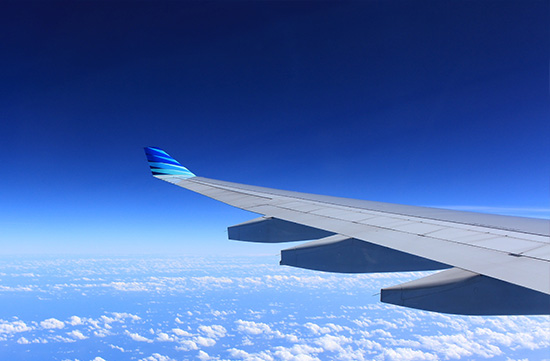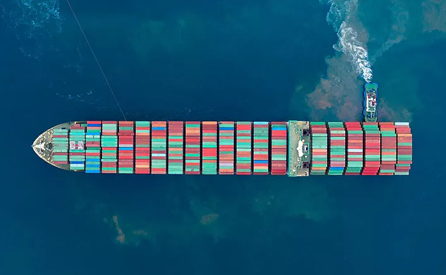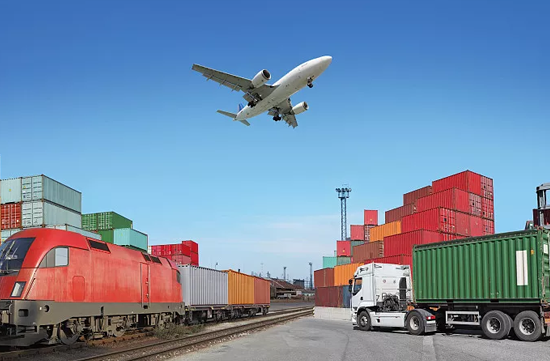
Rocket Consultation
Aggregation of cross-border logistics information
How much does it cost to air freight from China to the United States?

Air freight to the United States
The air freight charges vary among different airlines and freight companies, and the services provided are also different. The cheaper the air freight charges, the longer the efficiency, while the higher the air freight charges, the faster the efficiency. Therefore, when air freight sales agents quote to customers, they must understand their true needs. For customers, it is best to include relevant requirements, Especially in terms of timeliness, inform the air freight sales agent so that the agent can provide airlines that can match the relevant requirements for transportation. When a customer makes an inquiry, the freight company usually asks the customer for some basic information, and then provides a quotation based on this information or requirements, and arranges the shipping schedule.
1. Product name (including the name of the goods sent, whether they are batteries, dangerous goods, etc., different products will go through different transportation channels, and the price may vary)
2. Weight and volume (size, including shipping costs and whether it is a light foam cargo)
3. Packaging (whether it is a wooden box, whether there is a pallet, and choose the appropriate flight and model based on the packaging)
4. Destination airport (airport of destination)
5. Request time (direct non flight or transfer flight, customer time requirements)
6. Required flights (service and price differences among different flights)
7. Type of bill of lading (main and sub orders)
8. Required transportation services (customs declaration method, handling documents on behalf of others, whether double clearing and tax inclusive, whether delivery, etc.)
There is a difference between the billed weight and the actual weight in international logistics and air freight operations in the United States. When the volume weight is greater than the actual weight, the goods are considered light foam goods, and the larger weight ratio is taken as the billing weight; For heavy goods, the billed weight is equal to the actual weight, which is the gross quantity of the goods; For light foam goods, the volumetric weight of the goods is the billing weight. Generally, when calculating, one cubic meter is equal to 167 kilograms. If the calculated weight is greater than the actual weight, it is considered foam goods,. For those weighing less than one kilogram, the mantissa shall be rounded off. There are usually two formulas for calculating volume and weight, the first being the most standard
1、 Volume weight (kg)=length (CM) X width (CM) X height (CM)/6000
2、 Volume weight (kg)=Volume of goods (CBM) X167 kg
In addition, when airlines measure the outer packaging of goods, if there is a protruding part in the box, it will be calculated based on the length of the protruding part, so there may be errors. If there is an error, you can request a re measurement, but of course, there may be re measurement costs.
Terminology
ATA/ATD (Actual Time of Arrival/Actual Time of Departure): Acronym for actual arrival/departure time.
Air Waybill: A document issued by or on behalf of the shipper, which serves as proof of the transportation of goods between the shipper and the carrier.
Master Air Waybill: This is an air waybill that includes a batch of containerized goods, which lists the consignor as the consignee of the goods.
Freight forwarder air waybill (HAWB) (HouseAirWaybill): This document includes individual pieces of goods from the assembled goods, issued by the assembly person of the mixed goods, and includes instructions to the dismantling agent.
Neutral Air Waybill: A standard air waybill without a designated carrier.
TACT (The Air Cargo Tariff): The abbreviation for the "Air Cargo Tariff" published by the International Air Publishing House (IAP) in collaboration with the International Air Transport Association (IATA).
UnitLoadDevice: Any type of container or pallet used for transporting goods.
Shipper' sLetterofInstruction: A document that includes instructions from the shipper or their agent regarding the preparation of documents and the shipment of goods
Valuable Cargo: Goods with an average declared gross weight of $1000 or more per kilogram, such as gold and diamonds.
Shipper: The person or company specified in the contract of carriage of goods to deliver the goods to the consignee.
Consignee: The person whose name is listed on the air waybill and who receives the goods transported by the carrier
Marks: Marks on the packaging of goods that identify the goods or indicate information related to the owner of the goods.
Import License: A government license document that allows the licensee (consignee) to import designated goods
Export License: A government license document that allows a licensee (shipper) to export designated goods to a specific destination.
IATA (International Air Transport Association): Acronym for the International Air Transport Association. IATA is an organization in the air transportation industry that provides services to airlines, passengers, cargo owners, tourism service agents, and governments. The association aims to promote the safety and standardization of air transportation (luggage inspection, tickets, weight lists), and assist in determining international air freight charges. IATA's headquarters are located in Geneva, Switzerland
Gross Weight: The total weight of the shipment, including the weight of the container and packaging materials.
Chargeable Weight: The weight used to calculate air freight. The chargeable weight can be the volume weight, or when the goods are loaded in a vehicle, the total loaded weight is subtracted from the weight of the vehicle.
Embargo: Refers to the refusal of the carrier to accept any goods, types or grades of goods traveling to or from any region or location on any route or part of it, or to accept transfers, within a certain period of time
ETA/ETD (EstimatedTime of Arrival/EstimatedTime of Departure): Estimated Time of Arrival/Departure
Consolidated Consignment: A batch of goods assembled by two or more consignors, each of whom has signed an air freight contract with the consolidation agent.
Consolidator: The person or organization that consolidates goods into consolidated goods for transportation.
COSAC (Community Systems for Air Cargo): Acronym for "high intelligence" computer system. It is the information and central logistics management computer system of Hong Kong Air Freight Terminals Limited.
Customs: The government agency responsible for collecting import and export tariffs, suppressing smuggling, narcotics trading, and abuse (referred to as Hong Kong Customs in Hong Kong).
Customs Code: A code added by the Hong Kong Customs and Excise Department (C&ED) to a batch of goods to indicate the results of customs clearance or the type of clearance action required of the terminal operator/consignee.
Customs Clearance: The customs procedures that must be completed for the transportation or pick-up of goods at the origin, transit, and destination.
Dangerous Goods: Dangerous goods refer to goods or substances that may pose a serious threat to health, safety, or property during air transportation.
Bulk Cargo: Loose cargo that has not been loaded onto pallets or containers.
CAO (Cargo for Freighter Only): Abbreviation for "cargo aircraft only", indicating that it can only be carried by cargo aircraft.
ChargesCollect: List the fees charged to the consignee on the air waybill.
ChargesPrepaid: List the fees paid by the shipper on the air waybill.





